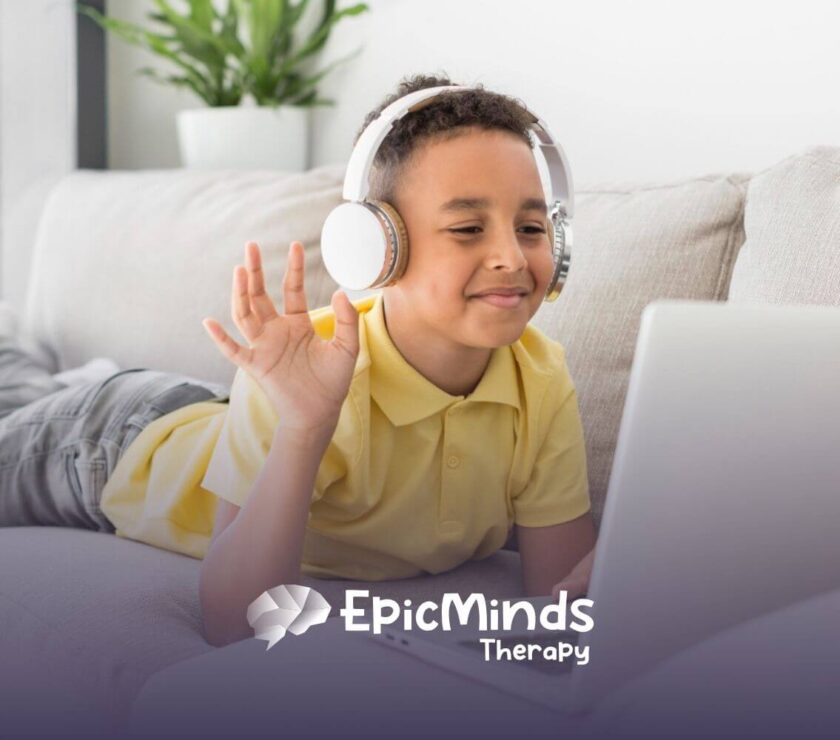Chaining is a powerful teaching method in ABA therapy that breaks complex tasks into smaller, manageable steps. This helps individuals learn skills step-by-step until they can do the whole behavior independently. There are three main types of chaining in ABA: forward chaining, backward chaining, and total task chaining.
1. Forward Chaining: Starting at the Beginning
With forward chaining, the learner masters the first step of a task first. Once that step is learned, the next step is added, and this continues until all steps are completed independently. For example, in teaching handwashing, the child might first learn to turn on the faucet before moving on to apply soap.
2. Backward Chaining: Starting at the End
Backward chaining begins by teaching the last step of a task first, allowing the learner to complete the task and experience success immediately. Then, the steps preceding the last one are taught in reverse order. This method motivates learners by reinforcing completion. Using handwashing again, the child might first learn to dry their hands before learning earlier steps.
3. Total Task Chaining: Teaching the Whole Task
In total task chaining, the learner is guided through all steps of the task during each session, receiving help only where needed. Support is gradually reduced as independence increases. This method works well when the learner has some familiarity with the task but needs practice completing it entirely.
Many ABA providers report that these three chaining types help children learn daily living skills, such as dressing, brushing teeth, and cleaning up, more efficiently. Studies confirm that chaining techniques improve skill mastery and independence in children with autism.
Conclusion: Start Skill-Building with Epic Minds Therapy
Understanding what are the three types of chaining in ABA empowers families to support learning better. At Epic Minds Therapy in North Carolina, we specialize in customizing ABA interventions including chaining methods to help children thrive.
Contact us today to get started with expert-guided therapy tailored to your child’s unique needs. Your child’s journey to independence begins here.
Sources:




